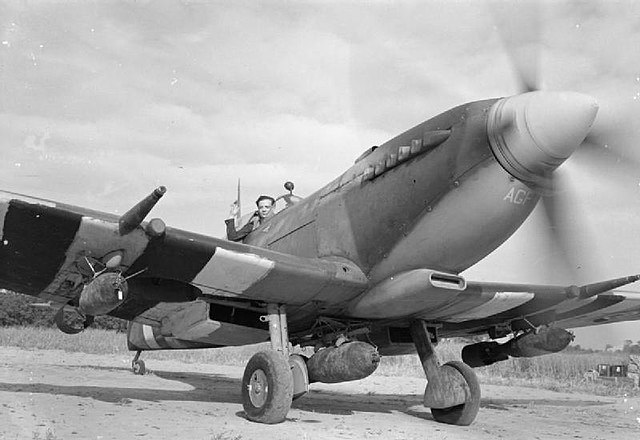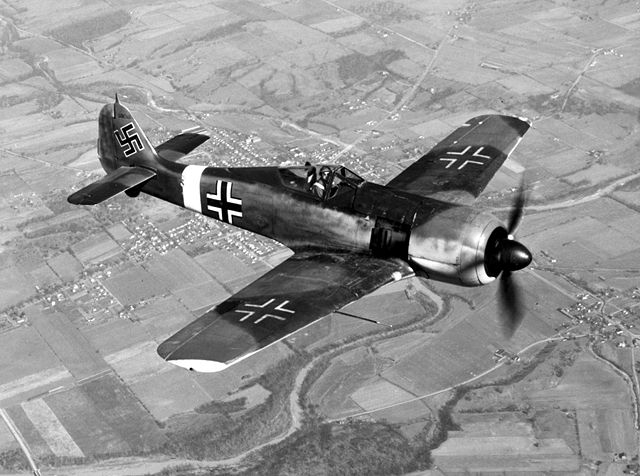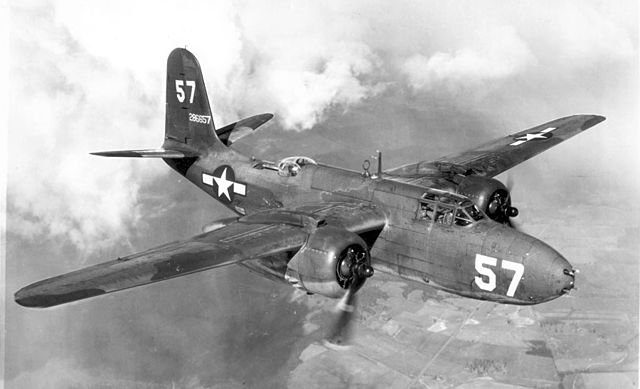The Hawker Typhoon is a British single-seat fighter-bomber, produced by Hawker Aircraft. It was intended to be a medium-high altitude interceptor, as a replacement for the Hawker Hurricane, but several design problems were encountered and it never completely satisfied this requirement.
Hawker Typhoon
The unarmed first prototype Typhoon P5212 taken just before its first flight. The prototype had a small tail unit and a solid fairing behind the cockpit, which was fitted with "car door" access hatches
The second prototype P5216 in the standard RAF camouflage of 1941, possibly with yellow undersurfaces. The retractable tailwheel and main wheels now had doors fitted. Six exhaust stubs and the later standardised four cannon armament were other changes from P5212.
A Mark IB Typhoon US-A in April 1943. It was flown by Squadron Leader T.H.V Pheloung (New Zealand). An 18-inch-wide (460 mm) yellow recognition stripe is visible on the upper wing.
A fighter-bomber is a fighter aircraft that has been modified, or used primarily, as a light bomber or attack aircraft. It differs from bomber and attack aircraft primarily in its origins, as a fighter that has been adapted into other roles, whereas bombers and attack aircraft are developed specifically for bombing and attack roles.
The Republic P-47D was armed with eight .50-caliber (12.7 mm) machine guns, and could carry a bomb load of 2,500 lb (1,100 kg).
A Supermarine Spitfire Mk. IX in Longues-sur-Mer, Normandy (1944). It carries a 500 lb (230 kg) bomb under the fuselage and a 250 lb (110 kg) bomb under each wing.
The F-series models of the Focke-Wulf Fw 190 were specifically adapted for the fighter-bomber role.
The Douglas A-20 Havoc








